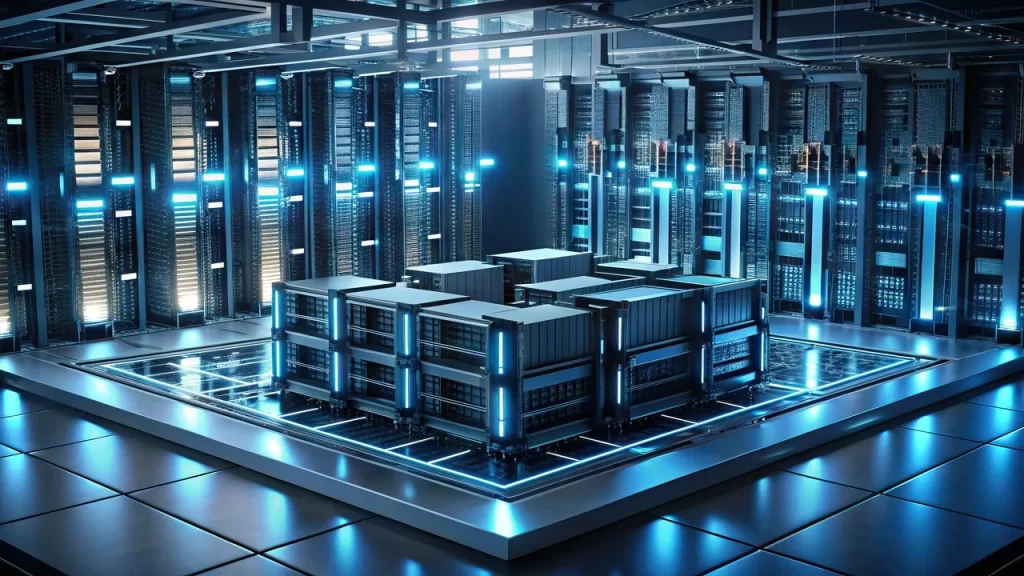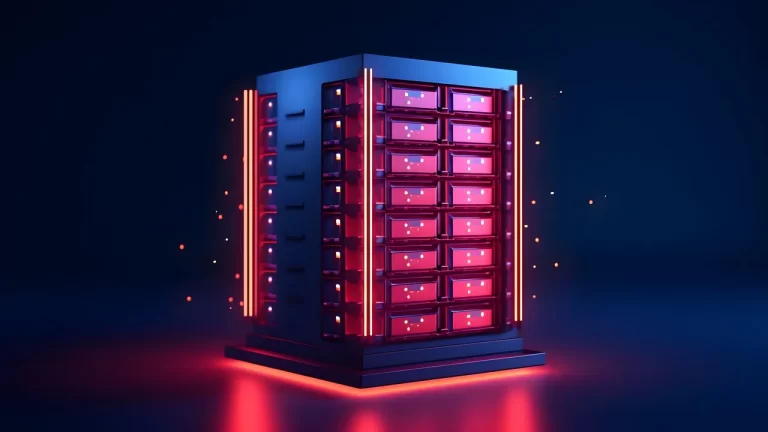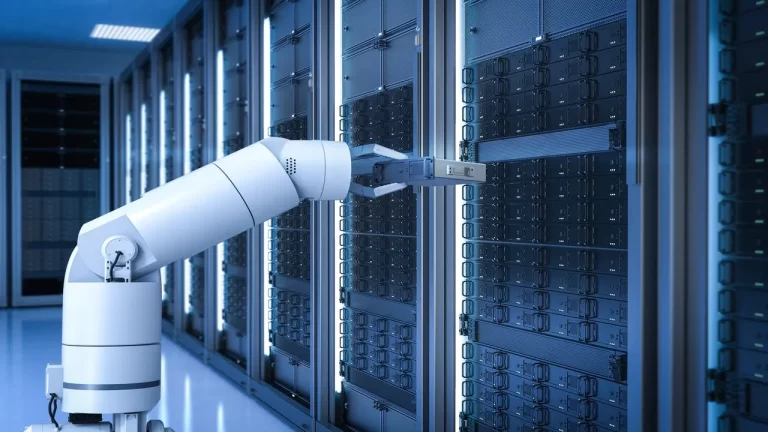The HPC hardware within green data centers operates at an accelerated pace because AI requirements with large-scale data processing needs continue to rise. The DGX GB200 NVL72 system from Nvidia received its announcement in March 2024. The rack-scale DGX GB200 NVL72 system incorporates 36 Grace Neoverse V2 72-core CPUs together with 72 B100 GPUs which unite to form a unified 72-GPU NVLink domain that operates as a single massive GPU. The system contains 13.5TB of HBM3e shared memory that grants extensive model capabilities through linear scalability. Specialized processor integration in data centers has become the industry standard because it improves both database center performance computational efficiency and data center security.
In September 2024 Intel introduced the Granite Rapids Xeon 6900P series to achieve new heights in HPC hardware installations. Granite Rapids emerged with its 128 performance cores to match the core capacities of AMD EPYC processors since 2017 which established Intel as a strong competitor against EPYC in the server processor field. cloud computing Data center operators maintain their commitment to core count expansion and processing power development as the industry advances. HPC hardware continues to evolve dynamically because the industry demands better performance scalability and increased efficiency to handle the latest technologies and complex applications.
Emergence of Advanced AI Chips
Nvidia takes the lead in achieving AI chip innovation by launching Vera Rubin AI chips which honor the respected astronomer. The Vera Rubin AI chips received their debut appearance at the GTC event organized by Nvidia for handling progressively demanding computations needed by sophisticated AI frameworks including DeepSeek. Millions of Vera Rubin chips can be grouped into extensive clusters that accelerate both model training and response capabilities. The new development shows how confident Nvidia is about maintaining long-term demands for high-performance computing infrastructure and dcim.
The Blackwell Ultra AI server is set to enter the hyperscale data center market after the Blackwell Ultra AI server release bringing performance that exceeds top models by 50%. The Vera Rubin AI server will arrive in 2026 after the Blackwell Ultra and is predicted to display a processing speed of 3.3 times greater than what the Blackwell Ultra performs. The Rubin Ultra AI server represents the future development of Blackwell Ultra by necessitating a 14-fold enhancement in performance starting from 2027. The development path requires substantial growth in data consumption capacity.
Integration of Custom Silicon Solutions
Industrial computer technology firms spend money on specialized microprocessors to maximize data facility operations. Amazon Web Services (AWS) has introduced the “Ultracluster” supercomputer and “Ultraserver” system which operate through Trainium AI chips that it designed specifically. The Ultracluster ties as the biggest supercomputer focusing on AI model training which underlines AWS’s intention to decrease GPU procurement from external sources and boost AI workload capabilities.
Microsoft introduced the Maia 100 alongside other specialty AI chips to strengthen its data center operations. Microsoft designed tailored liquid cooling systems and new server racks to operate with these AI processor chips effectively. The solutions seek to boost Microsoft’s data center operation by lowering expenses and raising performance while improving energy conservation metrics.
Focus on Thermal Management
The success of thermal management depends on the enhanced power of HPC hardware systems. HPC environments with high-density computing performance face heat management challenges that scientists are currently researching through advanced cooling solutions. Phase change cooling uses coolants that change from liquid into gas while heating to effectively regulate high thermal loads. The data center market is adopting immersion cooling for its components by placing them in non-conductive liquids for uniform heat absorption.
Advanced thermal interface materials (TIMs) now enable better heat dissipation performance by connecting computer elements to cooling systems. The integration of hybrid thermal gels and phase change materials (PCMs) helps increase system reliability combined with better thermal conductivity which ensures HPC systems maintain optimal performance under high workloads.
Modular and Scalable Hardware Architectures
The adoption of modular hardware solutions allows data centers to achieve faster scalability while maximizing their deployment efficiency. The data center architectures enable the effortless addition of new technologies that support both horizontal and vertical scaling operations that preserve ongoing operations. The wide custom-designed server racks developed by Microsoft for their Maia 100 chips reserve sufficient room to install crucial AI workload cables and network components. The modular infrastructure design demonstrates the need to focus on system-level optimizations because it combines different components to produce a reduced environmental footprint and improved operational efficiency.
Rapid deployment and demand-based scalability are now common features of modular data centers through their implementation of prefabricated units. The modular solutions unite pre-fabricated servers and cooling and power modules which can be installed rapidly at a site and decrease operational expenses. Google with Amazon lead efforts in modular construction to achieve adaptable facilities and fulfill expanding demands on resource allocation since AI and high-performing computing operations intensify. The implementation leads to better scalability while assisting organizations in their sustainability initiatives through optimized energy management together with reduced physical infrastructure waste.
Optimization of Cooling Strategies
HPC system durability depends heavily on effective cooling strategies which also support operational performance stability. Companies like Equinix, AWS Data Center, Google Data Center, Microsoft Data Center, ntt data centers now use combined cooling systems that integrate air and liquid and phase change techniques to create thermal management solutions based on customer demands. The combination of GPU and CPU liquid cooling and air cooling components leads to the maximum system operational efficiency. Hybrid cooling solutions solve distinct weaknesses among separate cooling approaches by achieving thermal balance across data centers’ various cooling requirements.
HPC hardware solutions in data centers continue to evolve dynamically because they deliver better performance with higher energy efficiency alongside better adaptability for advanced computational needs.







